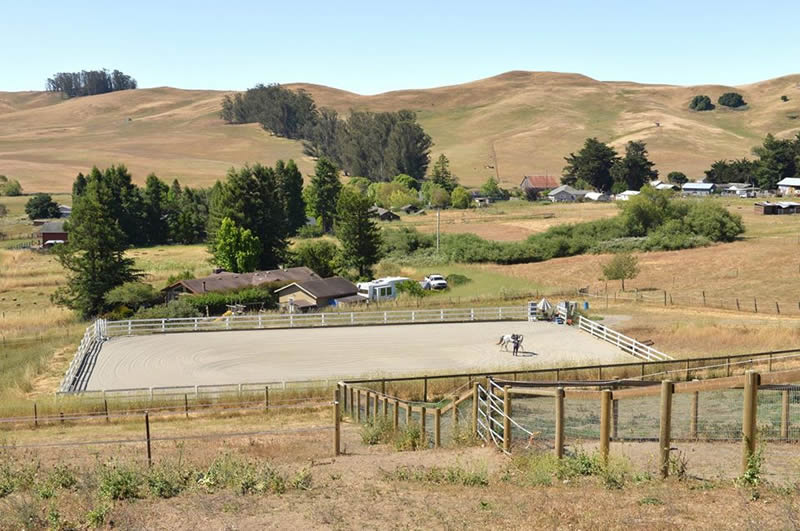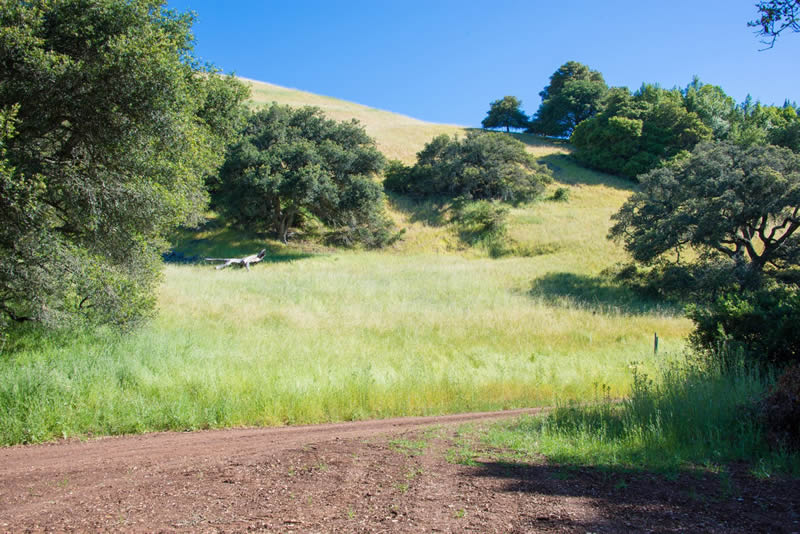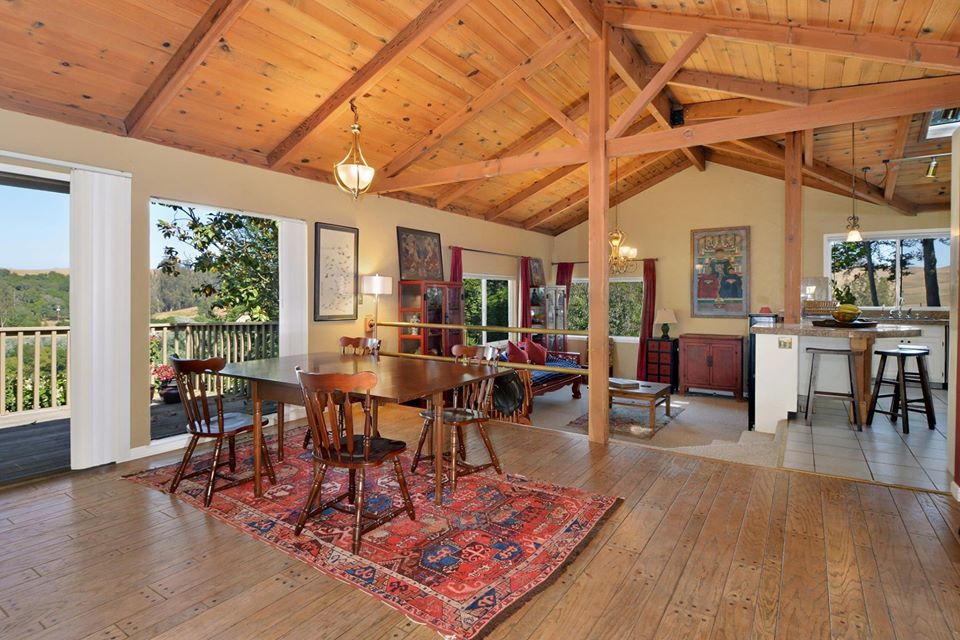FINDING YOUR OWN FENCE POST
By Lisa Thomas
Shared with permission from the Sonoma County Horse Journal
If you were in a room with 100 horse people and asked how many would like to have a property where they could keep their horses at home… I’ll bet that 90+ people would raise their hands. Most horse people want some part of that kind of country lifestyle. Some already have it and some just dream of owning a farm or ranch someday.
Qualities of a Great Horse Property
Location
As with ALL real estate, this is the most important factor and has the most bearing on price. First consider the people requirements, e.g. commute time to work, the store, kids’ schools, etc. It’s easy to think you can compromise on these things, moving way, way out, in order to afford your dream. But many people find that they just can’t sustain living too far away from their work and social lives. So beware: if you don’t want to live in Arkansas, it doesn’t matter if you can buy a horse property there for $75,000. Blue chip locations hold prices better in a downturn and recover faster in an upturn.
Water
This should be your next question. Almost all country property in our area is on well water. If you find city water hookups, you’ll pay dearly for them.
Quantity
You need at least 1 Gallon Per Minute (GPM) flow from a well to build a house in Sonoma County. That is a very low producing well. While a horse will only drink about 12 gallons a day, you’ll use a lot more than that around the barn. If you don’t have at least 3-4 GPM, you’ll want to have some big storage tanks loaded up.
Quality
High nitrate concentration or the presence of some VOCs (volatile organic compounds) can be quite hazardous. If there are vineyards or intensive farming applications nearby, find out what chemicals are used and get water tests to ensure that your well water isn’t toxic for your animals (or yourself!)
Access
Can you get a horse trailer and a hay truck in and out? Winter as well as summer? If you’re miles off a decent road, ask yourself who’s paying to maintain that road.
Terrain
I strongly prefer gently rolling to flat land. Most level land in the county has standing water issues in winter. It doesn’t have to be a deal breaker, but know how you’ll manage it. You can’t just bring in dirt or gravel to deal with it. You need a permit for more than 50 yards of fill and there’s a real good reason: if you disturb the flow of water to other properties, you’ll find yourself meeting your new neighbors and the county Permit Department pretty quickly.
Soil
Most locals like what we call ‘sandy loam’ which is found in many areas, particularly in west county. This light soil is preferred because it drains well and doesn’t pack too hard. It’s therefore easy on horse feet and has an added bonus: it’s often used as a ‘free’ source of arena sand. Heavy adobe soil, on the other hand, is so sticky when wet that it can actually suck the shoes right off your horses’ feet! Rocky soil is not necessarily a bad thing, offering good drainage, but if rocks are large or lava-like it can be quite hazardous for grazing or riding around.
Improvements
These include fencing, barns, arenas, hay sheds, and the like. What you need very much depends on what kind of horses and riding you prefer, how many you are keeping and how much care you’re planning to provide. The possibilities are endless… from a simple fenced field, the horse equivalent of a ‘youth hostel’ to heated stables and a covered riding arena, the Taj Mahal of equestrian estates. Safety for your horses, convenience for you and design consistency with the property should be your most important considerations. Some properties have no improvements, but have the possibility for adding them… I call these ‘horse-able’ rather than horse properties.
Permits and Uses
This is a topic that is full of misconceptions. Many different zoning classifications allow horses in Sonoma County. Details of what may be permitted can be found on the Permit and Resource Management Department website. It’s my view that each parcel should be individually researched to find out exactly what is allowed.
In general, most subdivisions will not allow horses, although equestrian estates such as the Foothill Ranch, Loch Haven and Diamond A in Sonoma, are notable exceptions. These areas offer trail access as well as bylaws designed to encourage equestrian use.
On rural property, if you’re keeping horses solely for personal use, then most rural residential or agriculturally zoned property will allow 1 horse per 20,000 sq. ft. of land (that’s just under ½ acre per horse). Some zoning will allow more horses on 2+ acre parcels but every parcel should be thoroughly researched before purchase[1].
Flies and odors are the hot topics that get neighbors (and the County) excited. Responsible horse owners will have a management plan that deals with fly control, how manure will be handled to minimize odor, and how groundwater will be protected. Consultants are available to help put these plans in place and expedite your permits through the planning process with the county. Contact me if you need a referral.
Hey! People Need a Place Too!
Most of my real estate colleagues believe that horse people ‘don’t care about the house’. That’s rubbish! Having helped so many people in the purchase, sale or management of equestrian property, only 3 or 4 really did not ‘care about the house’. Most equestrians live in a blended household… some are horsey and some not. Keeping a balance on everyone’s needs is important to keep harmony. Don’t place your horses’ needs above those of the people!
What Will It Cost?
Country property has always been pricier than a single family home, but the good news is that throughout the recession, country property held its value better than homes in town. However, we are still about 20-25% under the values we saw at the top of the market in 2005-6. For the latest information on the country property market, click here.
The Bottom Line
The bottom line is that this is a great country property market and we are expecting to see continued appreciation for some time. At this point, a bare bones starter horse farm (looking pretty gnarly) can actually be found for under $600,000 in Sonoma County, under $400,000 in Lake County and for about $500,000 in Mendocino County.
So do your homework and then go for it! Because there is absolutely nothing to compare with looking out your kitchen window and seeing your favorite four legger sleeping in the Sonoma County sun.







